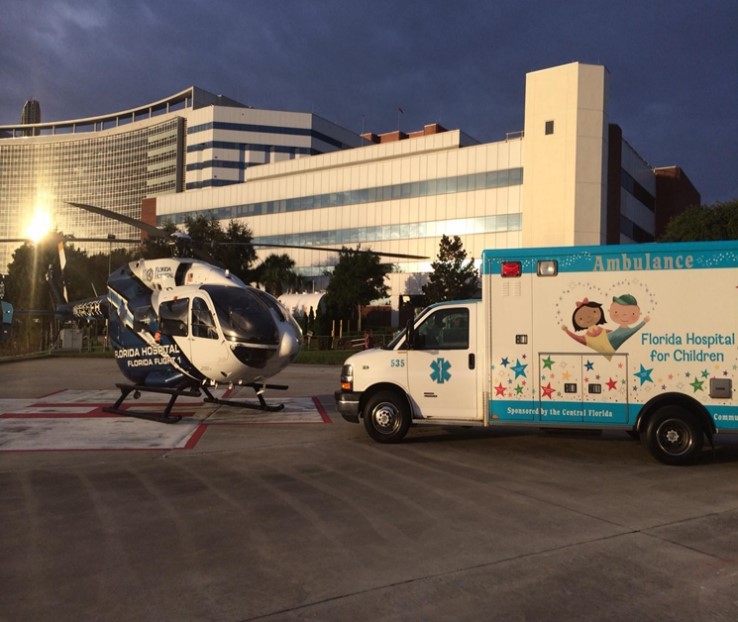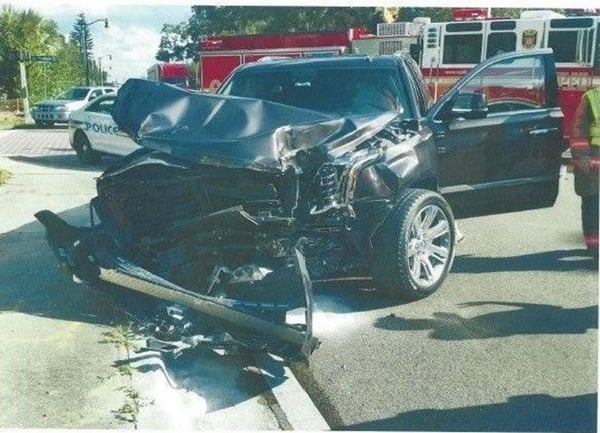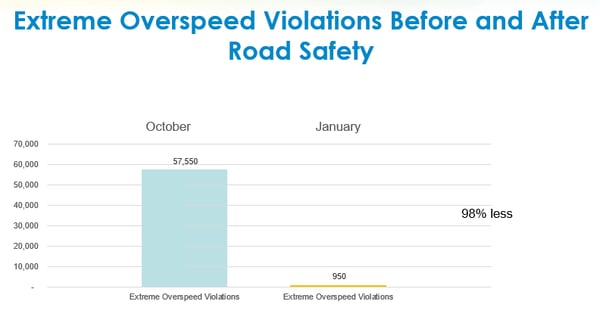4 Must-have Data Points for Dispatch-Billing Alignment and Maximum Reimbursement
How Florida Hospital Closed the Divide Between Air & Ground EMS
I came to ground EMS from flight
Was this information valuable?

I came to ground EMS from flight. After four years as a flight nurse and more than 28 years as a nurse, my transition was eye opening to say the least. Because of the higher risks associated with helicopter transport, it’s imperative that safety drives air operations for EMS. Prior to each transport, crews must conduct a risk analysis, which includes weather, weight and balance checks. Crews undergo a safety briefing at the beginning of each shift; they also decide as a crew, prior to each lift, whether the situation is conducive to an air transport for a patient that is a further distance away.
One of the first things I noticed when I began managing ground EMS is the difference in culture of safety adoption.
One of the first things I noticed when I began managing ground EMS is the difference in culture of safety adoption. EMS by ground is much more common, and is based on availability of resources and, to some extent, cost. Once a call is dispatched, there are no checklists or discussions around whether the weather, crew fatigue or equipment status would make for a safe transport.
I had heard at recent air medical transport conferences that ground EMS operations are beginning to apply principals of Air Medical Resource Management (AMRM) – also known as Crew Resource Management – to their ground transportation operations. I was encouraged. My question to my EMS ground leadership team was: Can we apply what we do in the air to what we do on the ground? Their first response was no; they didn’t think they could. I requested they take some more time to think about how AMRM, combined with principals of just culture, could make our ground operations as safe as possible.
I’m familiar with the concept of “just culture” from my nursing background. A just culture recognizes errors may represent predictable interactions between human operators and the systems in which they work, and it recognizes that competent professionals make mistakes. According to the National Association of Emergency Medical Technicians (NAEMT), the term refers to a values-supportive system of shared accountability where healthcare organizations are accountable for the systems they have designed and or responding to the behaviors of their staff in a fair and just manner. Staff, in turn, are accountable for the quality of their choices and for reporting both their errors and system vulnerabilities.
 Eventually, I was able to get ground EMS leadership onboard for Florida Hospital EMS to incorporate just culture, making it OK, and encouraged, to report near misses and errors so that we as an organization could go back and look to see if there was anything that we did or didn’t do to keep our crews safe. Despite our efforts to change our culture, we had several minor accidents, speeding tickets and red light violations. We even had fairly serious accident that was fortunately without fatalities where an SUV T-boned one of our ambulances with a patient on board in an intersection.
Eventually, I was able to get ground EMS leadership onboard for Florida Hospital EMS to incorporate just culture, making it OK, and encouraged, to report near misses and errors so that we as an organization could go back and look to see if there was anything that we did or didn’t do to keep our crews safe. Despite our efforts to change our culture, we had several minor accidents, speeding tickets and red light violations. We even had fairly serious accident that was fortunately without fatalities where an SUV T-boned one of our ambulances with a patient on board in an intersection.
Several other events caused us to pause in order to determine what was missing. We realized what we didn’t have was real-time data that could paint a picture of how our crews were actually behaving on the road. We did our homework, and identified Road Safety as the missing link in our culture of safety program. When we saw the data from Road Safety, I was absolutely shocked at the number of violations that were occurring as our crews were on the road.

After bringing Road Safety into our culture of safety program, we witnessed big changes. To learn more about our journey to Road Safety, and the results we’ve since implementation, watch the recording of the 30-minute webinar, “The Ugly Truth My Data Revealed About My EMS Drivers.”
Related Posts
How EMS Agencies Can Reframe Need and Refocus Resources With Geospatial Analytics
How To Minimize Radio Chatter and Reduce Guesswork With Smarter Dispatch Resource Management
ZOLL Pulse Blog
Subscribe to our blog and receive quality content that makes your job as an EMS & fire, hospital, or AR professional easier.
ZOLL Pulse Blog
Subscribe to our blog and receive quality content that makes your job as an EMS, fire, hospital, or AR professional easier.




